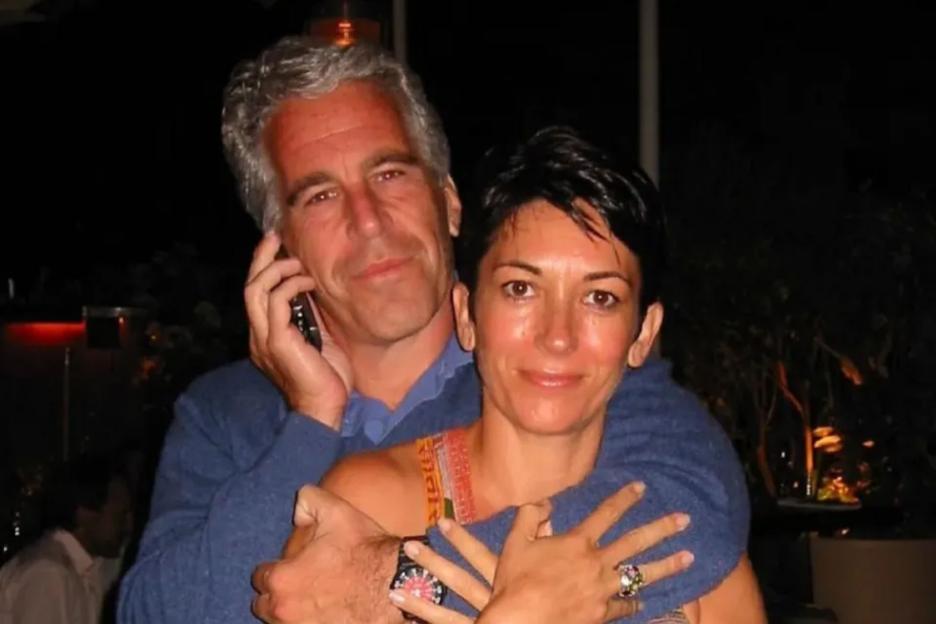THEY were the lions of the jungle – 10,000 British troops led by an eccentric genius.
With their distinctive slouch hats, the Chindits were the highly trained special forces who fought the Japanese, often hundreds of miles behind enemy lines, deep in the steaming, fetid jungles of the Far East.
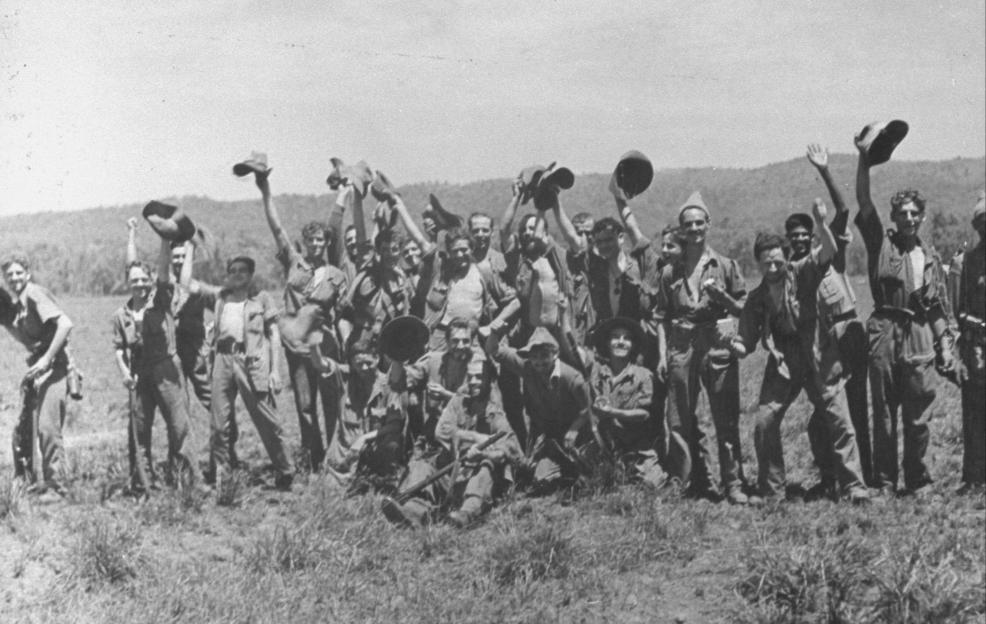 The Chindits greeting a rescue plane in a picture taken for Life magazine
The Chindits greeting a rescue plane in a picture taken for Life magazine
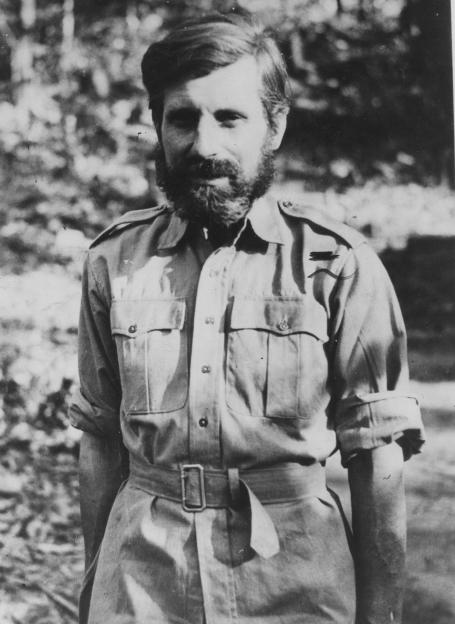 Maverick British military leader, Brigadier Orde Wingate
Maverick British military leader, Brigadier Orde Wingate
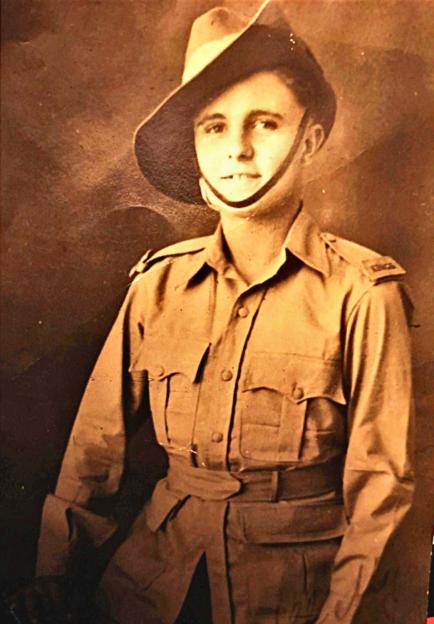 Only two British Chindits are left alive, one of whom is Sid Machin
Only two British Chindits are left alive, one of whom is Sid Machin
Next Friday marks the anniversary of VJ Day , when, after six years, World War Two finally ended with the Allied victory over Japan .
By the time Japanese Emperor Hirohito officially surrendered on August 15, 1945, the war in Europe had been over for more than three months and the 365,000 British troops fighting in the Far East became known as the “Forgotten Army”, after its operations in the Allies’ Burma campaign were largely overlooked by the Press at the time.
Today, 80 years after that victory, only two British Chindits are left alive — 104-year-old Charlie Richards and Sid Machin, 101.
Sid, of Christchurch, Dorset , will be among nearly three dozen VJ veterans , aged 98 to 105, who will attend a national service of commemoration hosted by the Royal British Legion on August 15.
Against the odds
The veterans will certainly not be forgotten when they join the King and Queen at the moving ceremony at Staffordshire’s National Memorial Arboretum.
The royal couple will pay their respects in the Arboretum’s Far East corner, which includes a monument to the Chindits.
In early 1942 Burma’s then capital, Rangoon — now called Yangon — was overrun by Japanese forces intent on pushing north to invade India .
A maverick British military leader, Brigadier Orde Wingate, came up with a daring plan to create a multi-national force of lightly equipped men, who would work in small teams hundreds of miles inside enemy territory.
Oddball Wingate often gave orders in the nude and sported a straggly beard, supposedly to keep mosquitoes away.
When dressed, he ate raw onions which he often kept in the pocket of his filthy uniform, and he would dangle a large alarm clock from his belt to remind his men that time was against them.
Wingate named his highly trained troops after the only creature in Buddhism that is permitted to use force — Chinthe, the lion-headed dragon that sits outside every sacred pagoda in Burma, now known as Myanmar.
His men, including Major James Lumley, father of actress Joanna, called themselves the Chindits.
Flying in by glider, they set up strongholds behind enemy lines from where groups of men would attack the Japanese, often with bayonets drawn, in hand-to-hand combat.
A constant stream of transport aircraft brought in supplies that included not just ammo and food but also mules to carry equipment.
I have never before listened to anybody who so compelled my attention, who dominated his audience
Col Charles Mercer
Light ambulance planes would land on remote airstrips hacked out of the jungle to evacuate the wounded, three at a time.
Despite early setbacks, the Chindits’ bravery and tenacity against the odds raised morale and showed how British soldiers could live and fight in the jungle.
They also attracted the attention of Prime Minister Winston Churchill , who called Wingate “a man of genius”.
Col Charles Mercer, who died recently aged 105, recalled: “He was quite a small man, not very military in bearing.
“I have never before listened to anybody who so compelled my attention, who dominated his audience.
“He was a fearless, inspiring leader.”
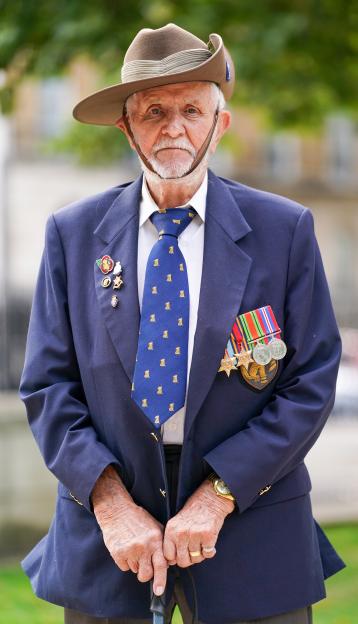 Sid today, aged 101
Sid today, aged 101
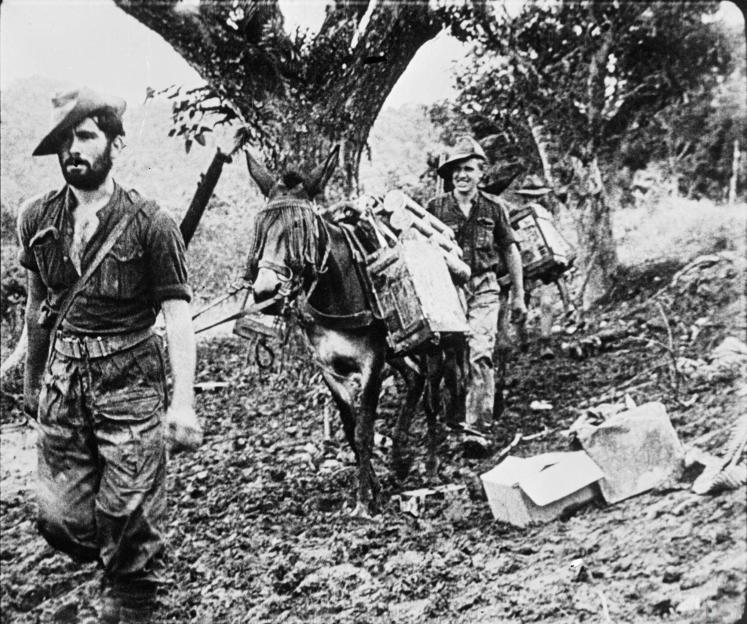 The Chindits comprised 10,000 British troops led by an eccentric genius
The Chindits comprised 10,000 British troops led by an eccentric genius
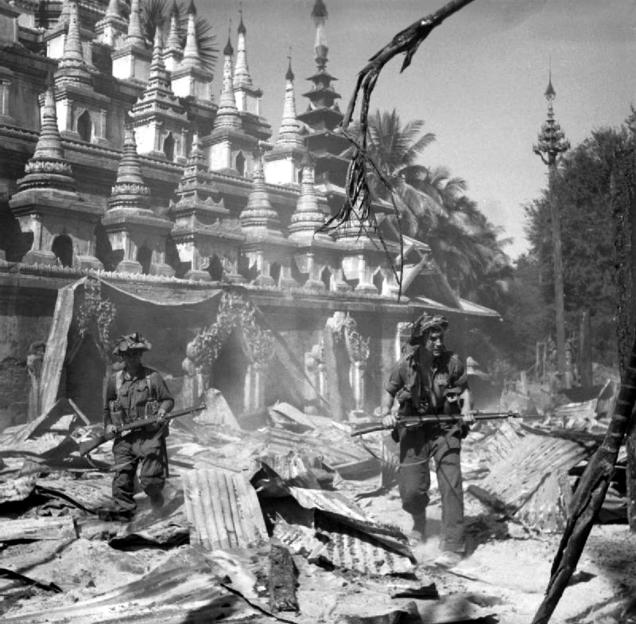 Wingate’s unit adopted a strategy of near silence to avoid alerting the enemy
Wingate’s unit adopted a strategy of near silence to avoid alerting the enemy
Veteran Chindit Charlie, who was 22 when he joined the unit, recalled how, after six months of hard training, Wingate told the men they were “on the adventure of a lifetime”.
But he also warned them: “Many of you are going to die, or suffer wounds, or near starvation. All of you will meet hardship worse than anything you have imagined.”
Charlie and Sid took part in Operation Thursday, when 85 gliders towed by US aircraft took off on a moonlit night in March 1944 to pass over 7,000ft peaks to land 150 miles behind the front line.
The Chindits had been ordered to relieve comrades who were holed up in a jungle base codenamed White City, but they came under attack almost every night.
Whispers were the order of the day and even this made us a bit nervous and alert to every sound
Veteran Charlie Richards
So many soldiers on both sides died that the stench of death was overwhelming.
Charlie, from Kettering, Northants, recalled: “The whole place was getting so putrid because of the number of Japanese bodies outside the perimeter that the pilots of incoming planes said they had no need of maps for the last few miles — they could smell their way in.”
Wingate’s unit adopted a strategy of near silence to avoid alerting the enemy, and Charlie said: “The rule was, everyone spoke softly, even sergeants.
“Whispers were the order of the day and even this made us a bit nervous and alert to every sound.”
In our main picture, taken by a wartime photographer from Life magazine, a group of Chindits wave joyfully at their RAF rescue plane but they had been told: “Cheer, but don’t make a sound.”
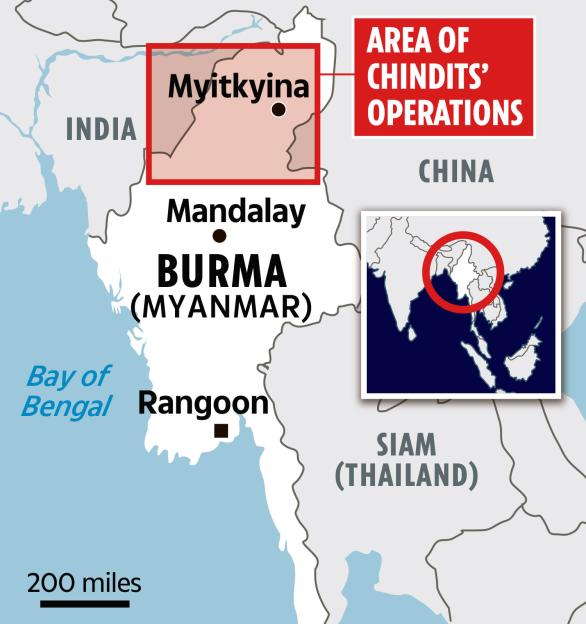
 The Army’s current 77th Brigade badge echoes the Chindits
The Army’s current 77th Brigade badge echoes the Chindits
The casualty rate was still brutal. Of the 400 men in Charlie’s column, just 140 were unscathed. The rest were either dead, wounded or struck down by disease.
Wingate, who by then was an acting Major General, died in 1944 in a plane crash aged 41.
At the time he was carrying a nomination for a Victoria Cross for Chindit Lt George Cairns, who had had his arm hacked off with a sword by a Japanese soldier.
Cairns, 30, killed the soldier, picked up the sword and carried on fighting. Just before he died from his wounds he said: “Have we won?
“Did we do our stuff? Don’t worry about me.”
Because the nomination was lost in Wingate’s plane wreckage it was five years before Cairns was awarded his medal posthumously — the fourth VC given to a Chindit.
Missions that swung the war
THE Chindits conducted two main operations during the war.
In 1943 Operation Longcloth involved 3,000 men who went into Burma to disrupt Japanese communication and supply lines.
Then in Operation Thursday in 1944, 10,000 men again landed behind enemy lines in Burma.
Both led to huge casualties, but the Chindits’ action forced the Japanese to fight disastrous battles at Kohima and Imphal, losing 7,000 troops and changing the direction of the war in the Far East.





